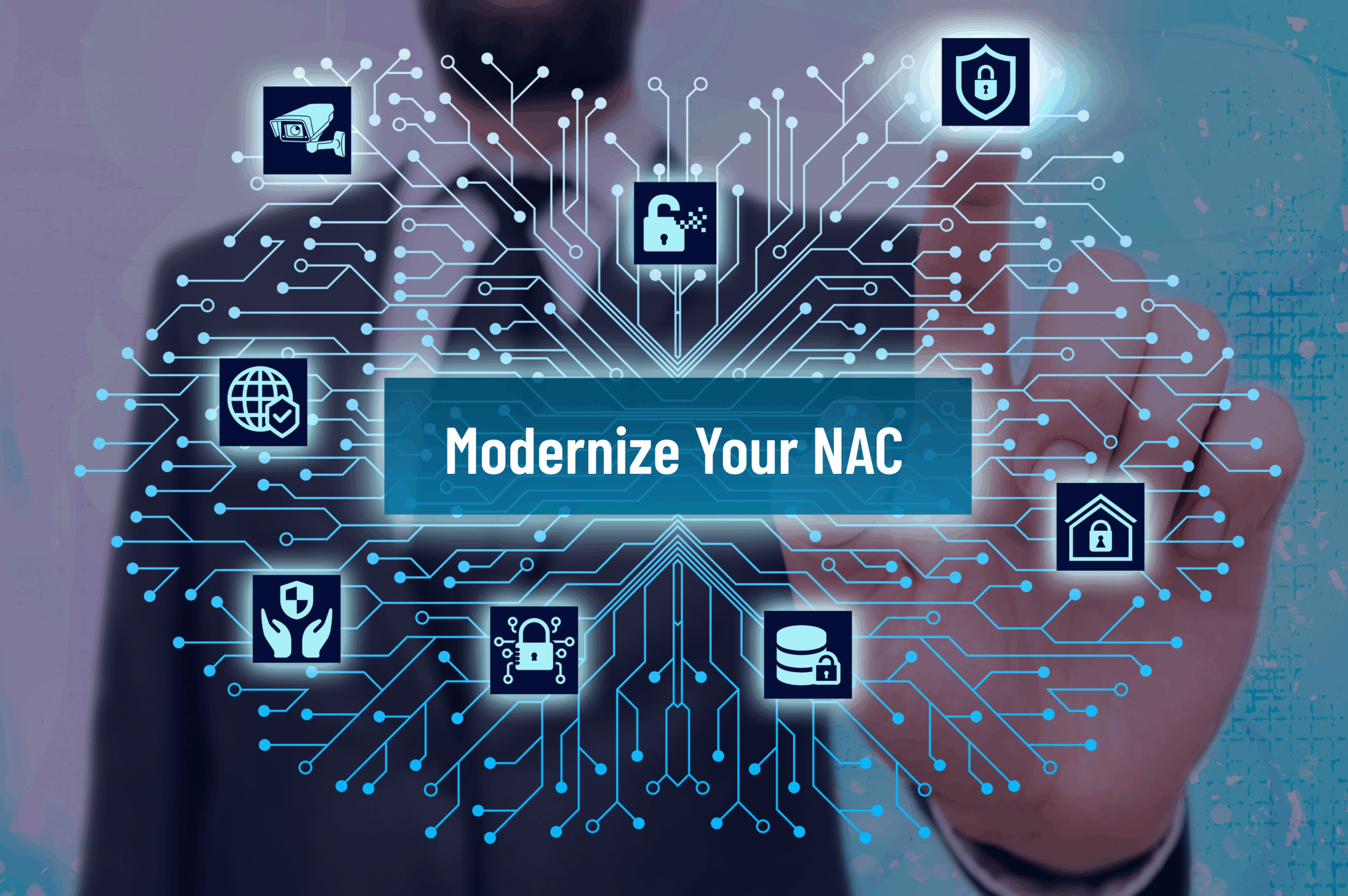Cloud-Based NAC: This is The Way

Cloud-Based NAC: The Future of Access Control and the Fastest Path to Zero Trust
For years, Network Access Control (NAC) was considered legacy tech—too complex, too rigid, and too slow to fit modern, cloud-first strategies. In 2026, this perception is no longer reality.
According to our CISO Perspectives for 2026 report, 93% of CISOs say their view of NAC has improved over the past year, and 97% now consider it essential to achieving zero trust.
That shift is recognition that cloud-based NAC has finally solved the challenges that held traditional NAC back—and that it’s now one of the most direct, efficient ways to put zero trust into practice.
From legacy control to cloud-native foundation
Traditional NAC made sense for a perimeter-based world. But when your users, devices, and data are everywhere, you need control that’s built for everywhere.
Cloud-based NAC brings the flexibility needed to handle modern security challenges. It delivers the same core value—verifying every device and enforcing policy before granting access — but without the infrastructure drag:
- No hardware, no bottlenecks: Deployment is fully cloud-delivered, with centralized control and zero appliances to manage.
- Cloud-speed visibility: Device posture and access data update dynamically across networks and sites so you know what is on the network at all times.
- Elastic scale: Access policies extend automatically as your environment grows—without new hardware or complex configurations.
- Certificate-first authentication: Passwordless, phishing-resistant identity verification is built in through certificate-based access.
It’s the same principle as legacy NAC—trust nothing by default—but built for the hybrid, cloud-connected enterprise environments of today.
Why CISOs are turning to cloud NAC
Cloud-based NAC doesn’t just modernize how access is enforced. It’s changing how CISOs approach zero trust altogether.
In most organizations, the hardest part of zero trust isn’t policy design — it’s implementation. Security teams are juggling overlapping tools, legacy infrastructure, and users connecting from every possible device.
Cloud NAC cuts through that. It delivers real-time, policy-based enforcement at the network layer without requiring costly redesigns or agents on every endpoint.
When paired with Zero Trust Network Access (ZTNA) and modern identity platforms, NAC becomes the connective tissue of zero trust:
- Enforcing policy for managed and unmanaged devices
- Controlling access based on posture, risk, and context
- Aligning network access with identity-based controls
- Providing unified visibility across users, devices, and locations
Instead of adding complexity, cloud NAC simplifies it — giving security teams immediate control while laying the groundwork for broader zero trust maturity.
The investment momentum is real
When confidence grows, budgets follow. 87% of organizations are increasing NAC investment in 2026, up from 83% the year before.
That growth reflects a new reality: NAC is no longer an add-on. It’s a core part of the zero trust control plane, delivering measurable security improvements without the heavy lift of traditional network redesigns.
This investment momentum underscores a strategic truth: CISOs aren’t just buying tools—they’re buying simplicity, scalability, and confidence.
From complexity to clarity: a scalable foundation for zero trust
NAC is indispensable in today’s modern networks and evolving security landscape. In a world where there is no set network perimeter and the rise of AI makes protecting networks so much more complex, cloud NAC provides dynamic, scalable, policy-rich control that helps organizations move toward zero trust faster, with fewer moving parts.
Cloud-based NAC is the quiet enabler of 2026 — not because it’s trendy, but because it delivers what security teams need most: control without complexity.
Try Portnox Cloud for Free Today
Gain access to all of Portnox's powerful zero trust access control free capabilities for 30 days!



